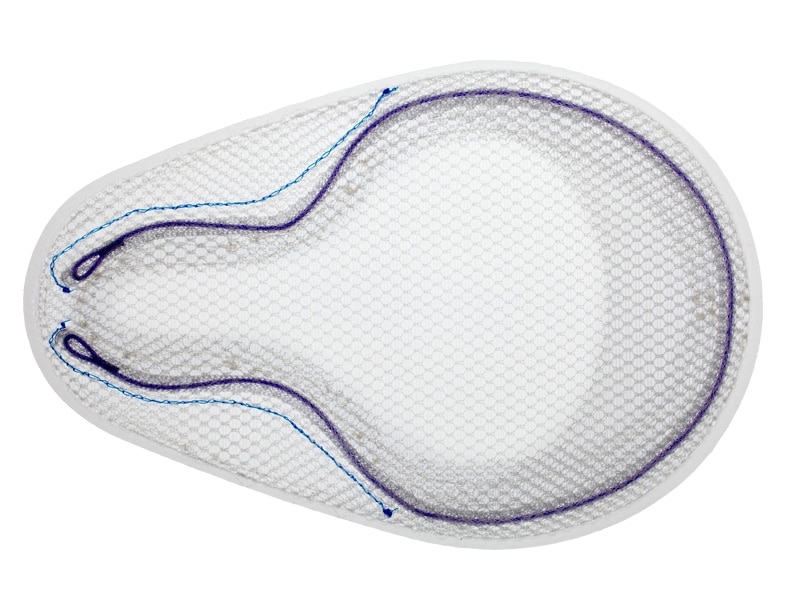Sort by:
-
OnFlex™ Mesh, Large, 10.2 cm x 15.7 cm
SKU/REF 0115411
-
OnFlex™ Mesh, Medium, 8.6 cm x 14.2 cm
SKU/REF 0115410


Bard® OnFlex™ Mesh was specifically designed to fit the inguinal anatomy during preperitoneal placement. It offers extended medial and inferior coverage for direct and femoral hernia spaces.
Lightweight, Large Pore Mesh
Positioning Pocket
Absorbable SorbaFlex™ Memory Technology
Interrupted PDO Monofilament
Inguinal Notch
Our collection of literature on industries and on our offerings gives you information you can use to continue striving for excellence.
We support the healthcare industry with market-leading products and services that aim to improve care while lowering costs. We host and take part in events that excel in advancing the world of health™.
The BD Learning Academy offers a centralized repository of BD product training, education, and the ability to connect courses to your LMS.
We promote clinical excellence by providing various resources on best practices, clinical innovations and industry trends in healthcare.
1 Brown C, Finch J. Which mesh for hernia repair? Annals of The Royal College of Surgeons of England 2010;92(4):272-278.
Observed in preclinical model, which may not correlate to performance in humans.
Indications
The OnFlex™ Mesh is indicated for use in the reinforcement of soft tissue where weakness exists, such as in the repair of inguinal hernias.
Contraindications
Warnings
The use of any synthetic mesh or patch in a contaminated or infected wound can lead to fistula formation and/or extrusion of the mesh and is not recommended.
If an infection develops, treat the infection aggressively. Consideration should be given regarding the need to remove the mesh. Unresolved infection may require removal of the mesh.
If unused mesh has been in contact with instruments or supplies used on a patient or contaminated with body fluids, discard mesh with care to prevent risk of transmission of viral infections. To prevent recurrences when repairing hernias, the mesh should be large enough to provide sufficient overlap beyond the margins of the defect. If fixation is used, careful attention to mesh fixation placement and spacing will help prevent excessive tension or gap formation between the mesh and fascial tissue. To avoid injury, careful attention is required if fixating the mesh in the presence of nerves, vessels, or spermatic cord structures. The mesh is supplied sterile. Inspect the packaging to be sure it is intact and undamaged prior to use. This device is for single use only. Do not resterilize or reuse any portion of the Onflex™ Mesh.
Do not cut or reshape the Onflex™ Mesh, except at the opening in the interrupted SorbaFlex™ PDO monofilament, to accommodate the spermatic cord and outside of the blue limit line in the lateral portion of the mesh, as this could affect its effectiveness. Care should be taken not to cut or nick the SorbaFlex™ PDO monofilament.
Precautions
Please read all instructions prior to use. Only physicians qualified in the appropriate surgical techniques should use this mesh. Care should be taken not to cut or nick the SorbaFlex™ PDO monofilament. If fixation is used, care should be taken to ensure that the mesh is adequately fixated. If necessary, additional fasteners and/or sutures should be used.
Adverse Reactions
Possible complications may include, but are not limited to, seroma, adhesion, hematoma, pain, infection, inflammation, extrusion, erosion, migration, fistula formation and recurrence of the hernia or soft tissue defect. If the SorbaFlex™ PDO monofilament is cut or damaged, additional complications may include, but are not limited to, bowel or skin perforation and infection.